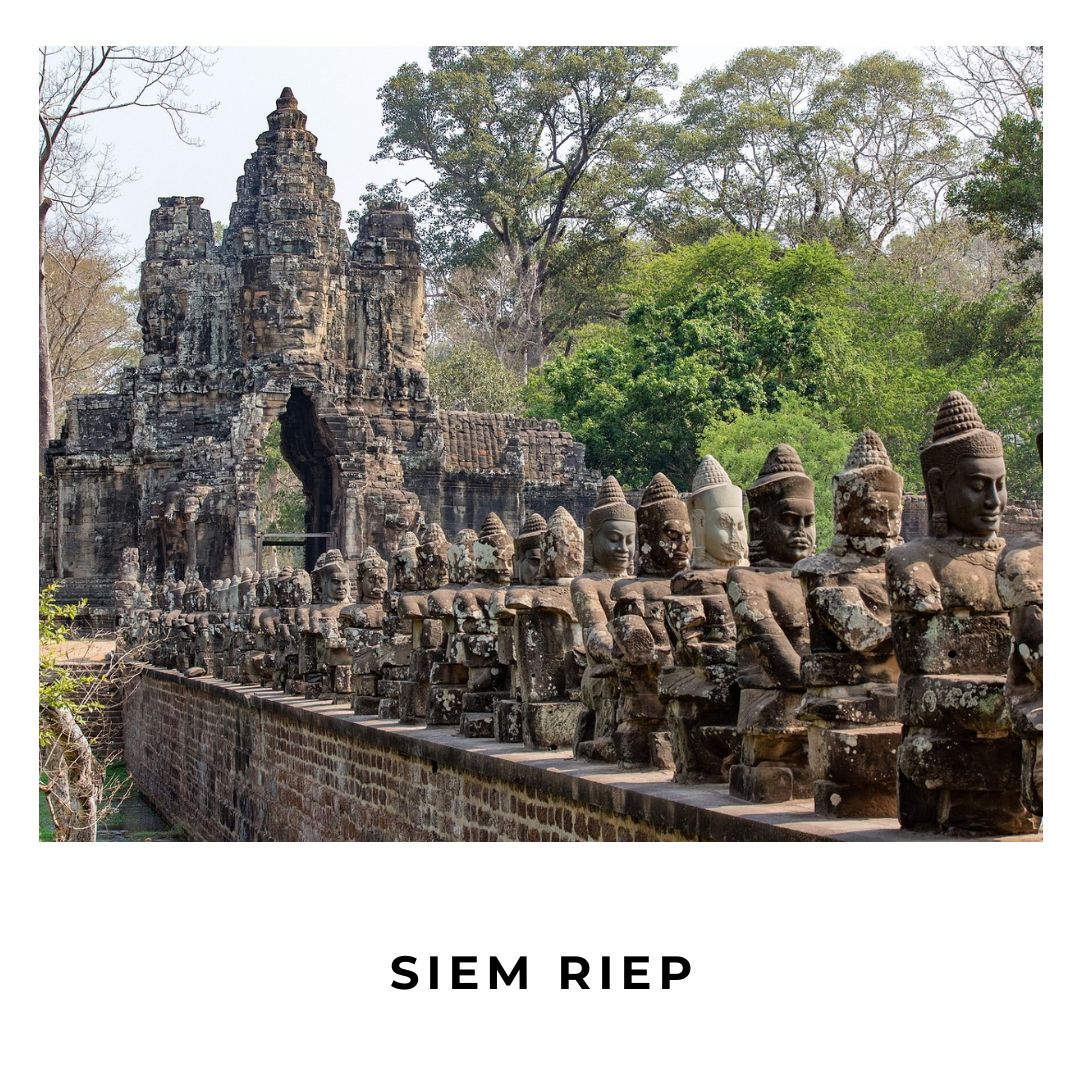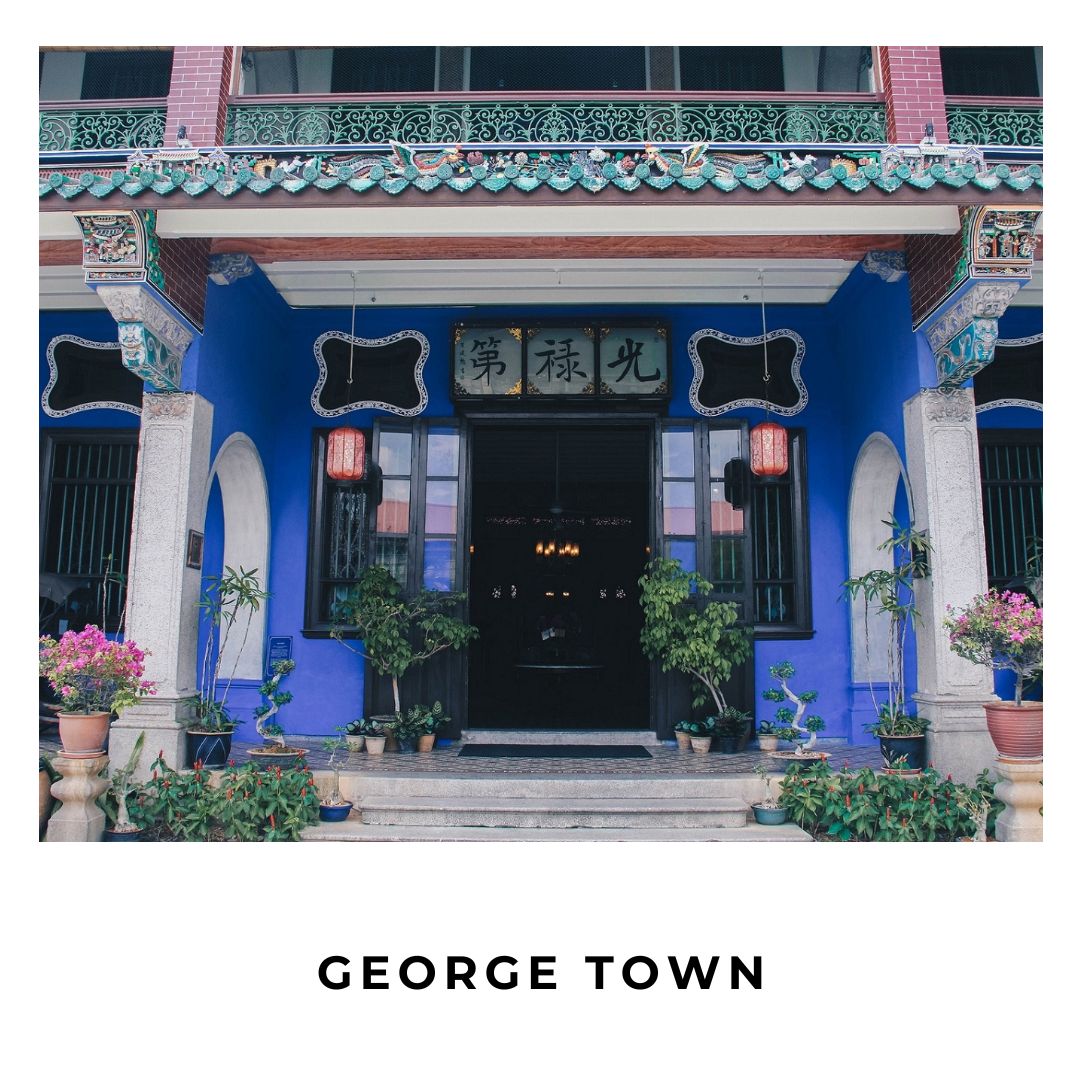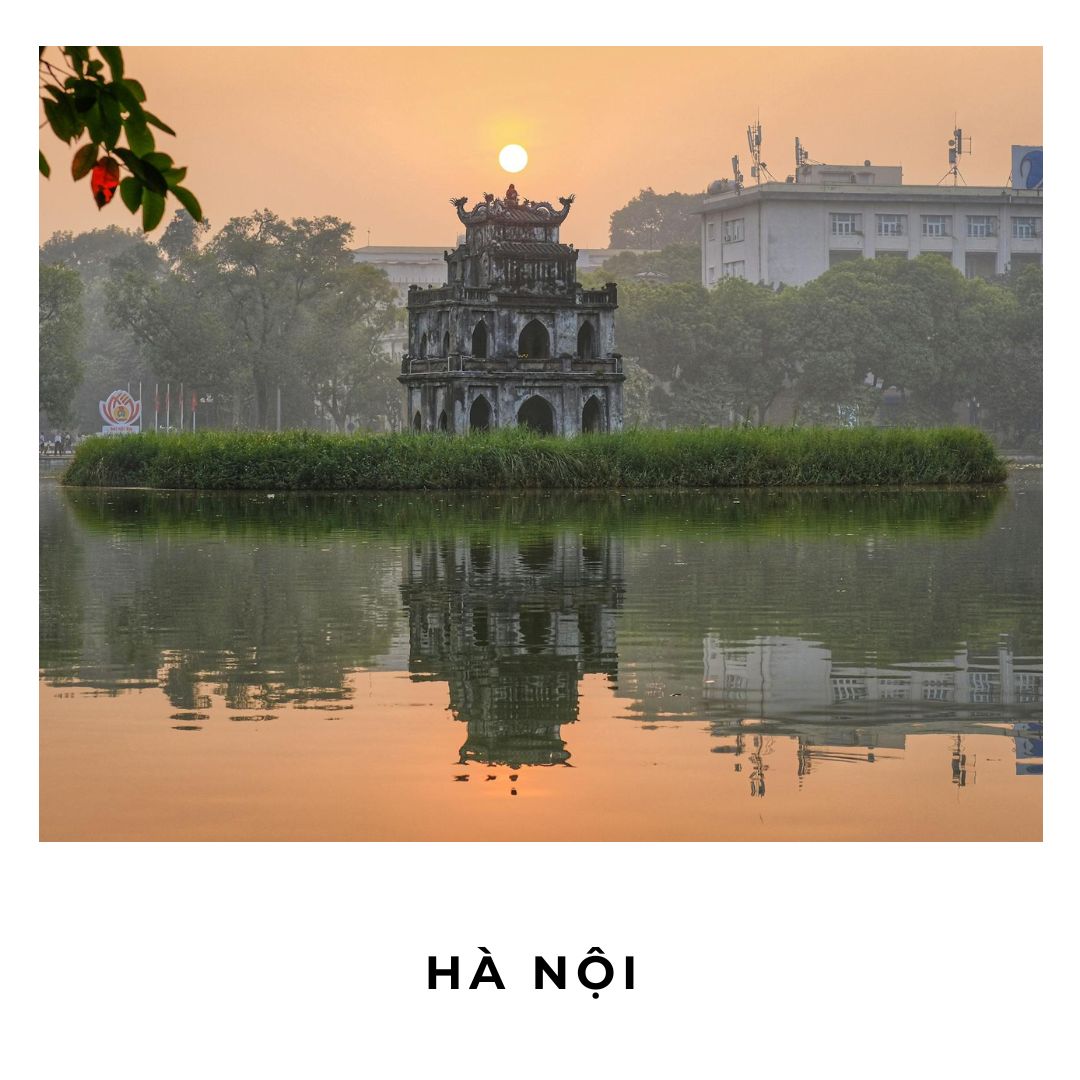In 2023, I took a career sabbatical and embarked on an eye-opening journey through Southeast Asia. What struck me the most was the lack of infrastructure to address crucial needs like waste management and energy supply. Many people were living in precarious conditions, which unfortunately meant that ecological concerns were often overlooked. I also noticed a lack of knowledge and resources within communities to make positive changes.
During my travels, I encountered firsthand the pressing Global Environmental Challenges. I saw how floods threatened beloved World Heritage Sites and coastal towns, and I experienced cities with alarming levels of air pollution and unbearable temperatures. Witnessing relentless fires devour protected areas and vast stretches of jungle replaced by palm oil plantations was eye-opening. It became clear to me that economic pressures often take precedence over environmental preservation efforts.
An old trader's house in UNISCO protected Ancient Town with the levels of floods marked on the walls.
Hoi An , Vietnam | February 2023
A road project by Chinese enterprises to exploit an [otherwise pristine] island for tourism, a form of foreign investment prominent in the country.
Koh Rong Sanloem, south of Cambodia | March 2023
Fires threaten the jungle and intensify the orange hues of the sunset. Most of the wildlife I was trying to spot, namely gibbons, had fled to other parts of this protected area.
Huôi Xay, north of Laos | April 2023
This isolated beach was part of a tour itinerary to UNESCO-protected Ha Long Bay, but scattered plastic dissuaded the boat from docking.
Cat Ba, Vietnam | June 2023
Fortunately, I came across some amazing examples of sustainable urban planning and conservation efforts, from cutting-edge architecture to thoughtful tourism restrictions. But there’s always room for improvement, and I’ve shared my thoughts and reflections in a series of travel chronicles on this website.
Plastic bottles adorn the capital’s streets with miniature gardens., a tinge of green amidst a landscape composed of metallised shades and glossy blue glass.
Kuala Lumpur, Malaysia | July 2023
The famous Gardens by the Bay, referenced as a leading example of sustainable architecture (for example, the tree canopies harvest solar energy).
Singapore | July 2023
Contrary to other islands, where trash is burned, locals seem to gather it and ship it back to the mainland alongside other goods, although the waste’s final destiny is uncertain.
Gili Islands, Indonesia | September 2023
UNESCO-protected Puerto Princesa Underground River, where daily visits to the national park are limited, and snacking is prohibited, avoiding the sight of plastic cutlery spread around.
Palawan, Indonesia | October 2023
After immersing myself in the simple yet harmonious lifestyles of local communities, it becomes clear that they have the smallest environmental footprint. However, it’s disheartening to realize that these communities will bear the brunt of the impact of climate change.
I think back to the many locals who hosted me, whose primary subsistence is agriculture—the rice fields produced just enough to feed their numerous families. I remember the precarious fishermen’s villages—the tin roofs barely sustained the weight of a prolonged Monsoon season. And what should we say about the communities relying on Mekong’s fresh water, the longest river in Southeast Asia, which is being excessively harnessed?
A mother carries her young daughter and a pile of greens back to a nearby village in a remote mountainous area where agriculture remains the means of subsistence.
Hà Giang, north of Vietnam | May 2023
A woman walks the main road against the backdrop of her precarious village, which has been flooded by the heavy rains of an extended Monsoon season.
Palawan, Philippines | October 2023
When I set out on my backpacking adventure, I was determined to minimise my impact on the environment. I sought eco-friendly accommodations seamlessly integrated with nature and constructed using locally sourced materials. I opted for the least polluting modes of transportation, even if it meant enduring an 18-hour bus journey or a 6-hour boat ride to avoid flying. Whenever I visited coastal areas, I made a point to pick up any trash I came across. Additionally, I took the time to connect with the locals, immersing myself in their culture and gaining a deeper understanding of their way of life.
An example of an eco-friendly accommodation made of island-sourced materials and blended in with nature instead of taking up its space; unfortunately, it is an exceptional case.
Koh Ta Kiev, south of Cambodia | March 2023
Embracing slow travel: taking a two-day boat from the Thai border to Luang Prabang, the nearest big town in the neighbour country, mingling with locals and fellow backpackers.
Pakbeng, Laos | May 2023
Connecting with local communities and better understanding them: most rice fields are the family’s primary food source, and they seldom produce enough to sell in the markets.
Mù Cang Chài, north of Vietnam | June 2023
Taking the opportunity to leave the beach a better place than I’d found it. Although trash keeps coming ashore, the collected plastic won’t return to the ocean!
Perhentian Islands, Malaysia | July 2023
At sunrise, thousands of boats gather in the floating market at the Mekong River to trade fresh goodies, displaying what is sold on a pole.
Can Tho, south of Vietnam | February 2023
In light of the important issues highlighted above, I’ve decided to pursue postgraduate programs upon my return. I am eager to utilize my expertise as a responsible global citizen and pave the way for new professional opportunities—an opportunity to collaborate with all relevant parties for a more sustainable future!


























